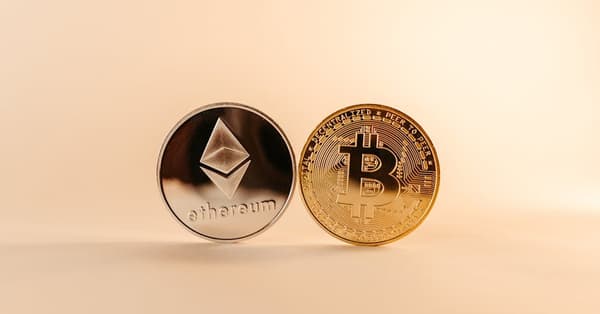Navigating PancakeSwap: Your Guide to BSC's Top DEX
Wondering how to make the most of PancakeSwap? This guide dives into tips and tricks for trading on Binance Smart Chain's leading DEX.
The Binance Smart Chain (BSC) has experienced remarkable growth, now hosting over 3 million transactions daily. At the forefront of this ecosystem is PancakeSwap, the leading decentralized exchange (DEX) on BSC, enabling users around the globe to conduct seamless transactions. As decentralized finance (DeFi) continues to rise, getting a grasp on the potential issues during swaps has never been more crucial.
In this article, we’ll dive into common reasons for swap failures, effective troubleshooting methods, proactive measures to take, and expert insights to elevate your trading experience on PancakeSwap.
PancakeSwap is a decentralized exchange built on the Binance Smart Chain that allows users to swap BEP-20 tokens. It also features yield farming, staking, and lotteries, all designed to enhance user engagement and maximize returns.

The platform operates using liquidity pools and automated market makers (AMMs) to facilitate token swaps. Users can provide liquidity to these pools and earn rewards in return. It’s a win-win situation!
When you stack PancakeSwap up against other DEXs like Uniswap and SushiSwap, it usually offers lower transaction fees and faster processing times. This makes it particularly attractive for users on BSC.
If there isn't enough liquidity in a pool, your swap orders may hit a wall and fail. For instance, trading low-volume tokens like BONK or WIF can often lead to these liquidity issues.
Slippage occurs when the execution price of a swap differs from your expected price. Setting a high slippage tolerance can lead to failed trades or outcomes that you didn't sign up for.

During peak trading times, BSC can get congested, resulting in transaction times exceeding 30 seconds. This can cause your swaps to fail. Keeping an eye on real-time network status can help you steer clear of these issues.
Utilize tools like Bscscan or Blockchair to keep tabs on the health of the BSC network. Staying informed can help you avoid trading during those pesky congested periods.
To modify slippage settings, just click on the settings icon on PancakeSwap and set a slippage percentage that feels comfortable—generally, between 0.5% to 2% works for most assets.

Before swapping, make sure the tokens you want to trade are compatible with PancakeSwap. Some tokens may be available on other platforms, but they might not be listed on PancakeSwap.
As you get more comfortable with PancakeSwap, you might want to explore advanced strategies to minimize swap failures. Understanding how to manage your liquidity and slippage settings can make a world of difference.
Tags:
Ready to Make Profitable Crypto Calls?
Check out our proven track record on the leaderboard
View Leaderboard →Related Posts
Why Meme Coins Are Redefining Crypto Investments
The meme coin market is booming, but can you capitalize on it? Discover the thrilling opportunities and risks before diving in.
Why PancakeSwap is Dominating the BSC Scene in 2023
Curious about PancakeSwap's success? Discover why this DEX is attracting millions of users and how you can make the most of your trades.
Tether's Bold Move: What It Means for Meme Coin Traders
Tether's €1 billion investment in robotics could reshape the crypto scene. Discover how this impacts meme coin strategies and your trading approach.
Is Binance Coin (BNB) Ready for Another Surge in 2023?
BNB has soared 340% this quarter! Dive into the reasons behind its rise and what the future holds for Binance Coin in the crypto market.
Unlocking DeFi: Exploring Flashloan Opportunities on BSC
Discover how Binance Smart Chain is reshaping trading with flashloans. Dive into the latest strategies and opportunities in this dynamic DeFi landscape.
Mastering BSC: How to Safeguard Your Token Investments
Navigating the crowded BSC landscape? Learn essential tips to verify token contracts and avoid scams in this must-read guide for crypto enthusiasts.